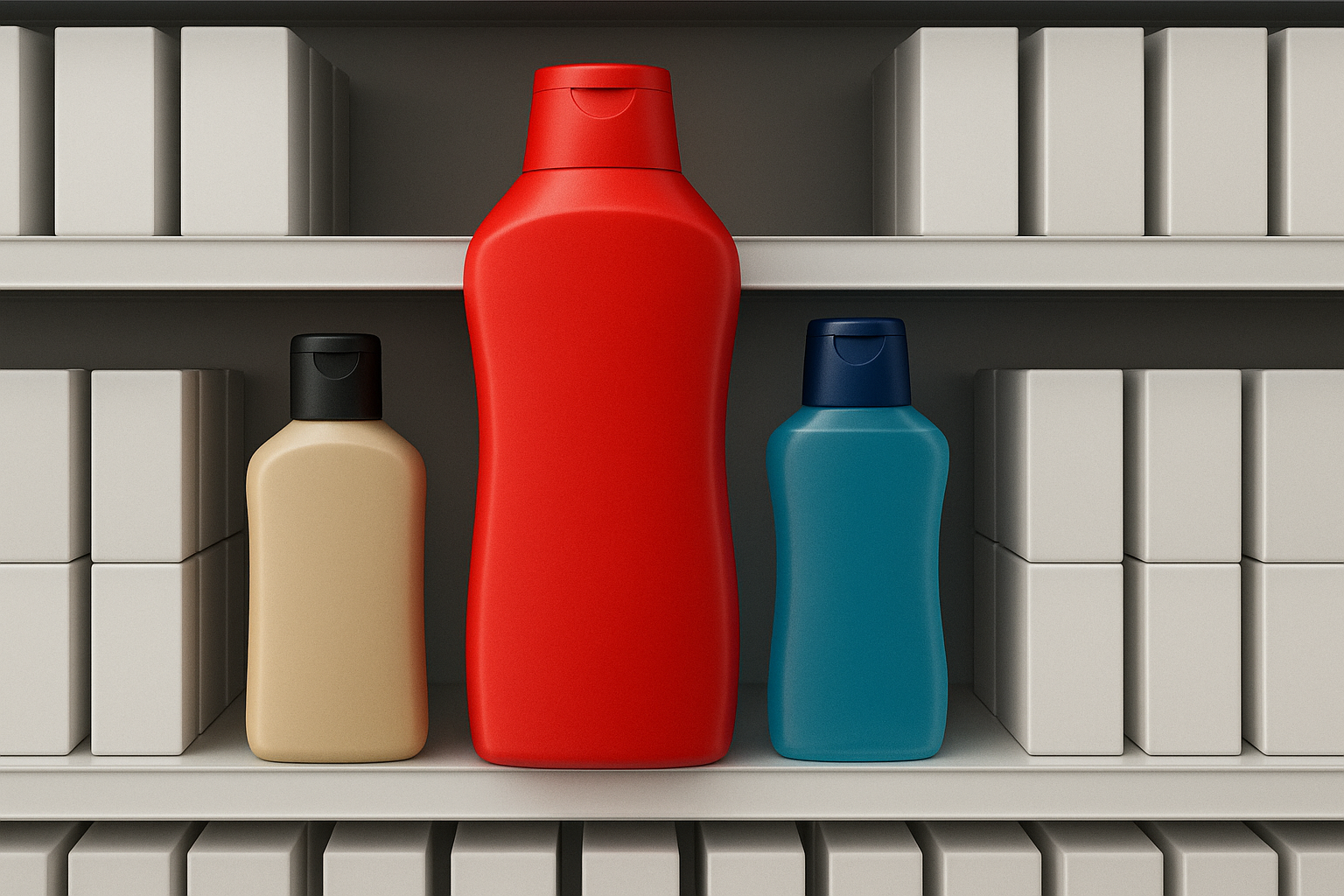What is the decoy effect?
The decoy effect is a cognitive bias that leads shoppers and consumers to change their attitude towards 2 options when a third is added into the mix. Ultimately, it's the idea of presenting 3 choices rather than 2 to ease the decision-making process; it's easier to disregard two obviously wrong choices than it is to make a50/50 judgement.
What's an example of the decoy effect?
Imagine you are shopping for a kitchen blender. You see two options. The cheaper one, at £89, promotes 900 watts of power and a 5-piece accessory kit. The more expensive one, at £149, is 1,200 watts and has 12 accessories. Which one you choose will depend on an assessment of their relative value for money. It’s not immediately apparent, though, that the more expensive option is better value. It’s slightly less than 35% more powerful but costs nearly 70% more. It does have more than twice as many plastic accessories, but what are they worth?
Now consider the two in light of a third option. This one, for £125, offers 1,000 watts and 9 accessories. It enables you to make what feels like a more considered comparison. For £36 more than the cheaper option, you get four more accessories and an extra 100 watts of power. But if you spend just £24 extra, you get a further three accessories and 200 watts more power. Bargain!
That is the decoy effect in action!
How can the decoy effect be used in-store?
There are so many opportunities to employ this bias, but beware of alienating shoppers. Men in particular are likely to buy nothing rather than risk buying the wrong item.
- Context – when looking at the price of your brand, do so in context. Is there a competitor that is the decoy or are you perhaps the decoy for a competitor?
- Do the maths – often, shoppers fail to actually work out what is the best value and will just buy the one with the biggest promotional POS messaging. When designing your promotional mechanics, make sure to factor in what they physically look like to shoppers.
- Size matters – shoppers see numbers in a larger font as being of higher magnitude, so be careful when deciding the relative sizes of the price, other numerical product features and even the SKU code.
Summary
Retailers have been deploying the decoy effect for a long time now. Unfortunately, when found out, the media has a field day. Work with this bias, but do so in a way that isn’t damaging for your brand.
The decoy effect is no.14 in my series of cognitive biases. Take a look at no.15, the Default Effect.






